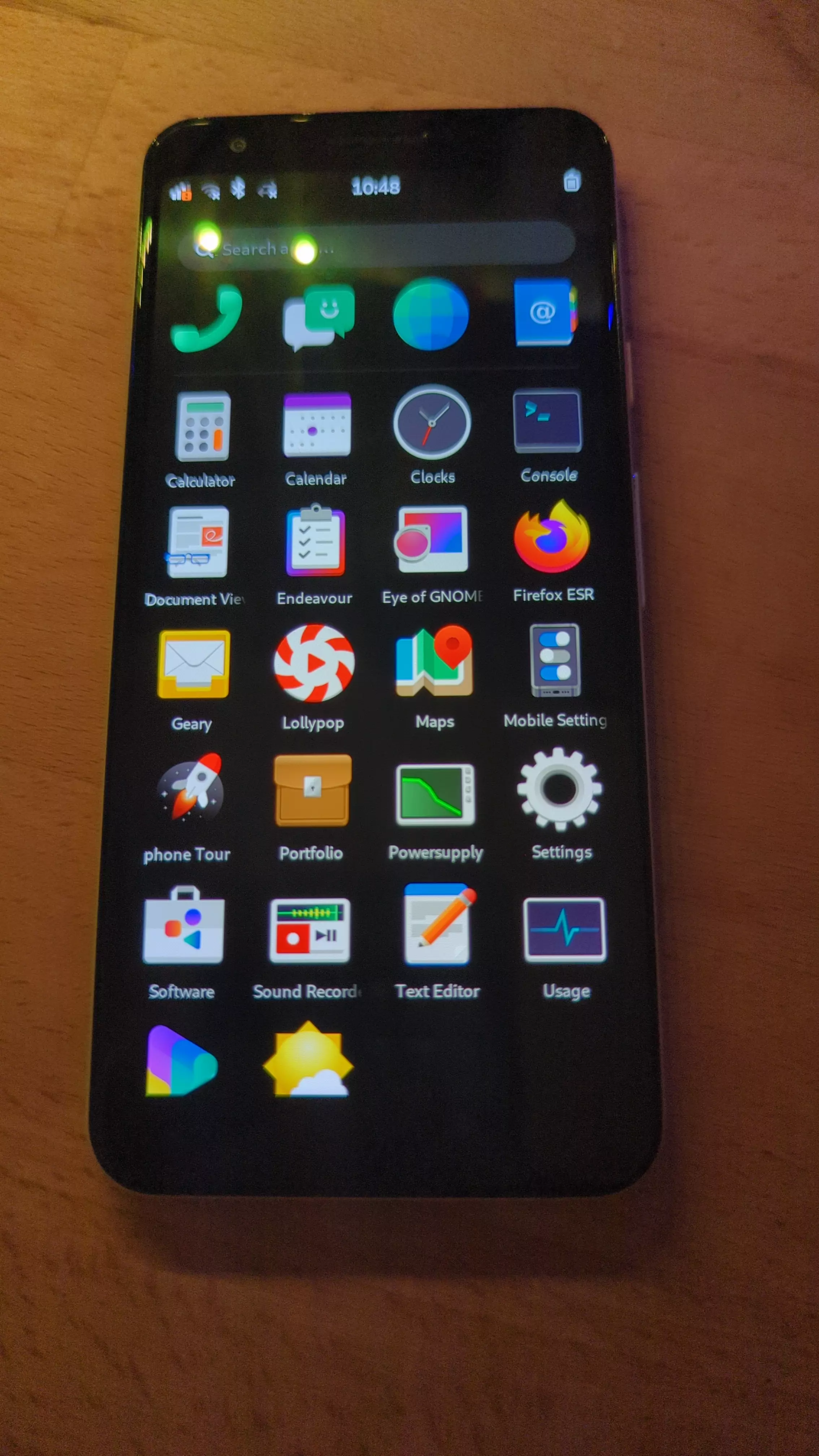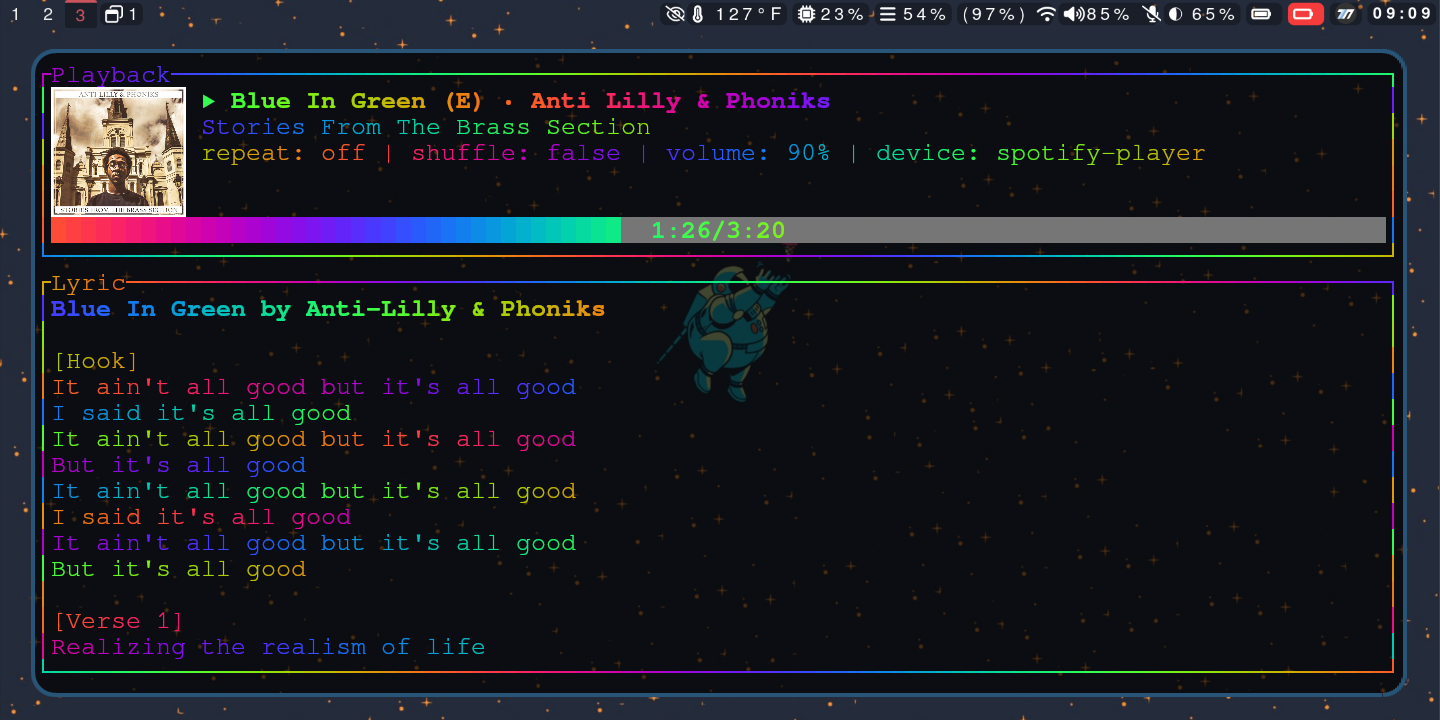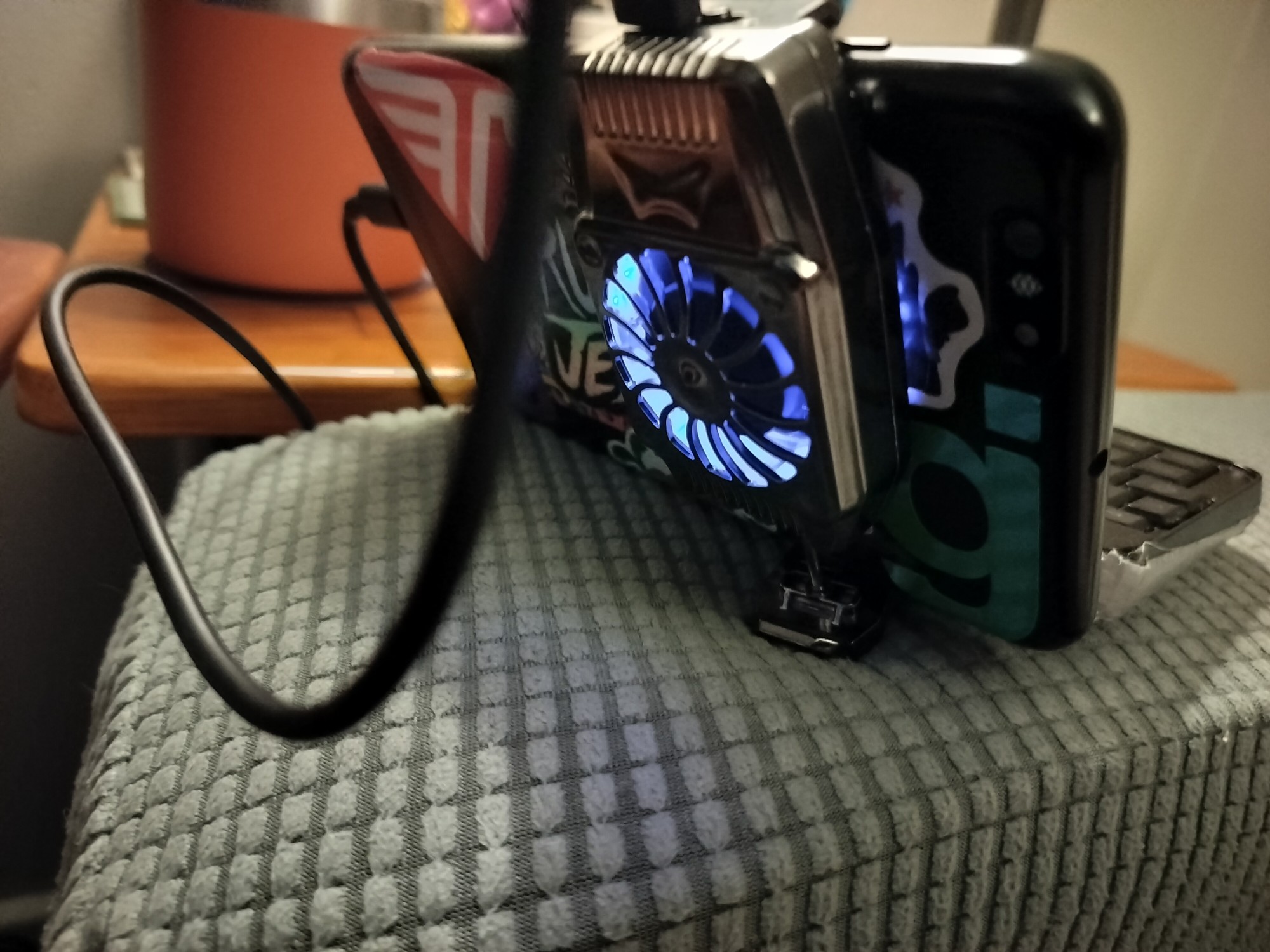A way to long introduction
I've been toying with the idea of getting a second phone to put postmarket OS on. So out of curiosity I've been going through the available software checking if I could maybe even use such a device as a daily diver. The result: Not yet, but it is very close (purely from an app availability standpoint). Most use cases have functioning apps or apps that are actively worked on. I did however notice some gaps. Now, my programming knowledge is very small and I don't really have the time to learn and then develop/maintain the apps. At least not at the moment. I have been checking out penpot however. Penpot is a browser-based graphic design tool with a focus on UI/UX design tool, similar to figma, but open source. And there is a mostly complete asset pack for gnome/adwaita applications available. (Side note to everyone trying it out: If you are getting weird flickering then it might be a Nvidia/Wayland issue. Switching to X should resolve it)
Long story short: I have cheated some mock-ups for some apps that I am hereby sharing with the world. Some of them are a bit rough around in some places but maybe someone finds themself inspired by it. All of them are mobile first designs but since its Adwaitas design language it shouldn't be too hard to imagine how they would look on a desktop. If you decide to use one of my designs then you don't need to credit me (though it certainly would be appreciated)
I suspect that most people won't be familiar with (2/3 of) the underlying services that my ideas are build upon. Feel free to check them out; I recommend them wholeheartedly.
App 1: Cookbook




There used to be a piece of software called gnome recipes. But development on that app has since been abandoned and I think they had the wrong approach to it anyway. The old project aimed to not only supply the software but also the content, shipping a curated list of community supplied recipes. I am looking for a solution to save recipes from the numerous food blogs and recipe websites, that syncs using a (self hostable) online service. And wouldn't you know it such a service already exists in the form of "Cookbook" a nextcloud add-on. This app would simply act as an additional frontend. Import happens via a schema.org json template that a lot of websites use to store and display their content. That format does also allow to store nutritional information, meaning that nextcloud is also capable of saving that. I did not make place for that because it seemed to clutter the UI and I personally don't care too much about having that information easily accessible, especially since most sources don't include it in my experience. My mockup does include a floating button that allows to quickly jump between the ingredients and your last scroll position.
I was inspired by a Android/iOS app called [körbchen](koerbchen.app], which offers the same service but isn't open source or self hostable. An already hosted instance of nextcloud cookbook is operated for example by murena, the folks behind the /e android rom btw.
Squeeze Remote




The Lyrion Music Server (previously known as Logitech Music Server) allows you to create your own wifi enabled speaker system (for example using a raspberry pi). Accessing music from your NAS, a webradio or steaming service is possible, complete with multiroom support (allowing you to chain multiple speakers together so that they play the same thing at the same time). But to operate such a system one needs a remote. The server offers a web app but that one isn't particularly nice.
Lemmy



Last but not least of course here is my idea how a gtk client could look like. I know there are already two projects which tried to build such an app, but development seems to have stalled or been outright abandoned. I tried to build !thunder_app@lemmy.world for Linux a couple of weeks ago. That worked reasonably well, but at the end it still feels alien because at the end of the day it is an android and ios app. Using it with a mouse felt even weirder because it is not designed that way. Anyway: Maybe third time is the charm for gtk apps.
If anyone else has similar mock-ups flying around on their hard drive, feel free to post them in the comments.













